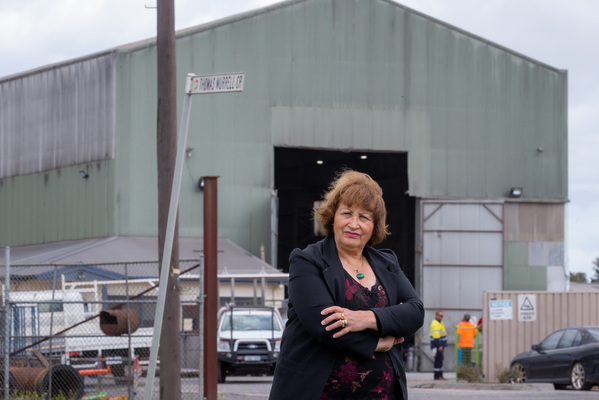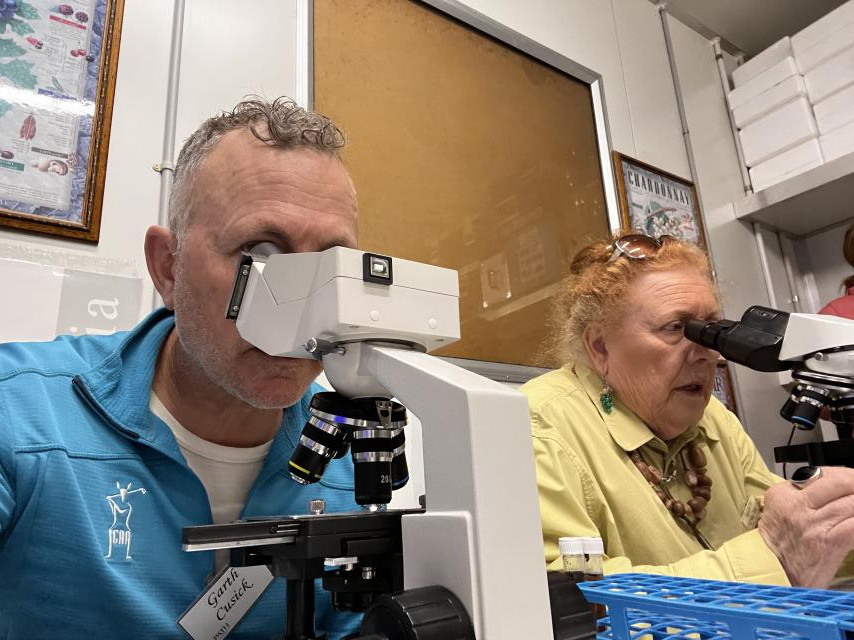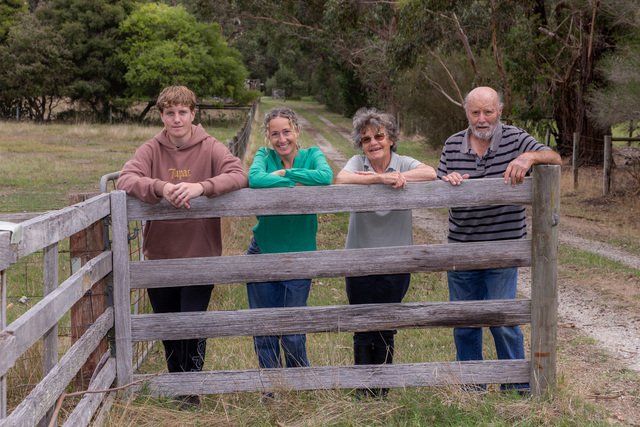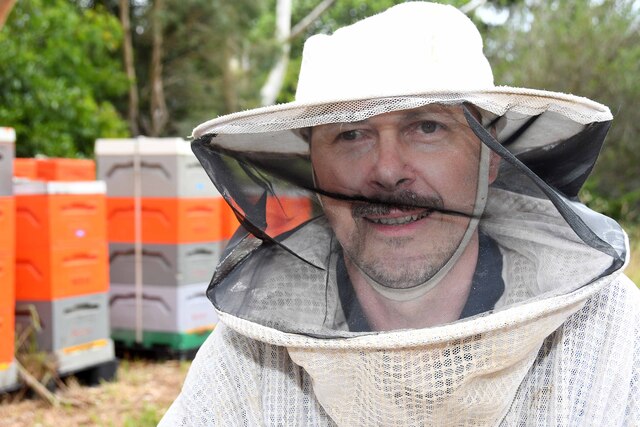A proposed waste-to-energy plant in Dandenong South has faced an overwhelming public backlash from hundreds of residents concerned about air quality and health concerns.
The Environment Protection Authority and the plant’s proponent Great Southern Waste have agreed to hold off the plant’s assessment – so to stage a community conference to respond to the “high community interest”.
Residents – as close as 1.4 kilometres from the plant – have written letters and signed petitions, decrying the 70 Ordish Road site’s proximity to Dandenong Creek, schools, colleges, kindergartens, places of worship and homes.
A 280-signature petition’s covering letter stated homes were already impacted by two waste-related facilities, an organics garden and a commercial and industrial waste facility.
“Local residents have already made numerous complaints and reports to local council and EPA regarding the weird smells around our area.
“This (waste-to-energy plant) will definitely make the situation worse.”
A Keysborough South resident wrote that the proposal would “literally shatter mine and so many other families’ dreams”.
“How can our kids still go to the local parks where there is air pollution, weird smells?”
Another wrote: “I appreciate and encourage the new technology however the location must be reselected. It cannot be built so close to our homes!”
On 3 March, the EPA will hold a ‘20b’ community conference to “better understand the views and concerns of the community and stakeholders”.
Independently chaired, the meeting will discuss “possible resolutions” to public objections, the EPA stated.
The EPA has also sought extra technical details from the plant’s proponent Great Southern Waste
The list of 28 items included details on air emissions, odours, accidental emissions, air monitoring and auditing of waste fed into the plant.
Great Southern Waste is required to respond by 2 March.
The proposed gasification plant is estimated to process 100,000 tonnes a year of non-recyclable municipal solid waste, and commercial and industrial waste.
The plant will create a net reduction of 142,000 tonnes of carbon-dioxide equivalent emissions – or greenhouse gases, according to Great Southern Waste.
It is still estimated to emit 9500 tonnes of carbon-dioxide equivalent from its filtered 55-metre smoke stack.
The plant would supply about 7.9 Megawatts of electricity to the grid – enough to power 7000 homes. About 1.4 Megawatts will be generated to power the facility.
Half of the waste fuel is expected to be food scraps, Great Southern Waste stated.
The submission has a long list of excluded material such as prescribed industrial waste, asbestos, building materials, radioactive waste, chemical waste, medical waste, carcasses and residential ‘hard waste’.
Great Southern Waste Technologies director Bill Keating has said the plant would be “comfortably compliant” with European Union emission standards.
“This project is world’s best practice and environmentally advanced waste treatment that will deliver improved outcomes for Dandenong and the wider Melbourne community.”
The facility would put a dent in the 2.5 million tonnes of Greater Melbourne waste dumped in landfill each year, Mr Keating said.
“Ideally, we’re trying to provide alternatives from landfill. Landfill has had its day.
“Let’s find something a step higher in the waste hierarchy, and a better way to deal with this waste.”
In November, Greater Dandenong councillors rescinded its permit approval for building works.
The council plans to wait for the EPA’s verdict before reconsidering the proposal.
The community conference is at City of Greater Dandenong Civic Centre, 225 Lonsdale Street, Dandenong on 3 March, 6pm-9pm.
To register attendance, go to https://engage.vic.gov.au/epa-works-approvals/GSWT







